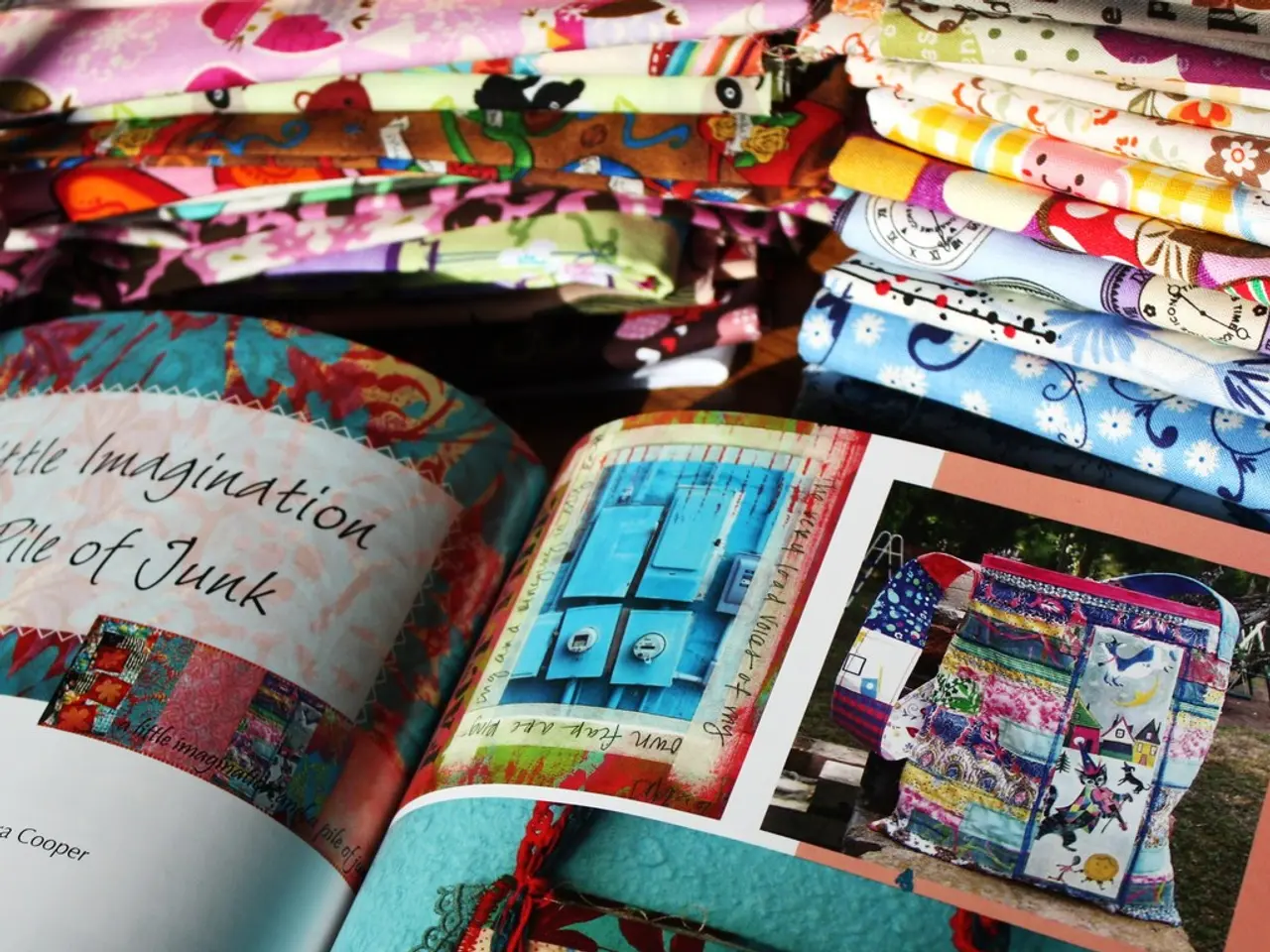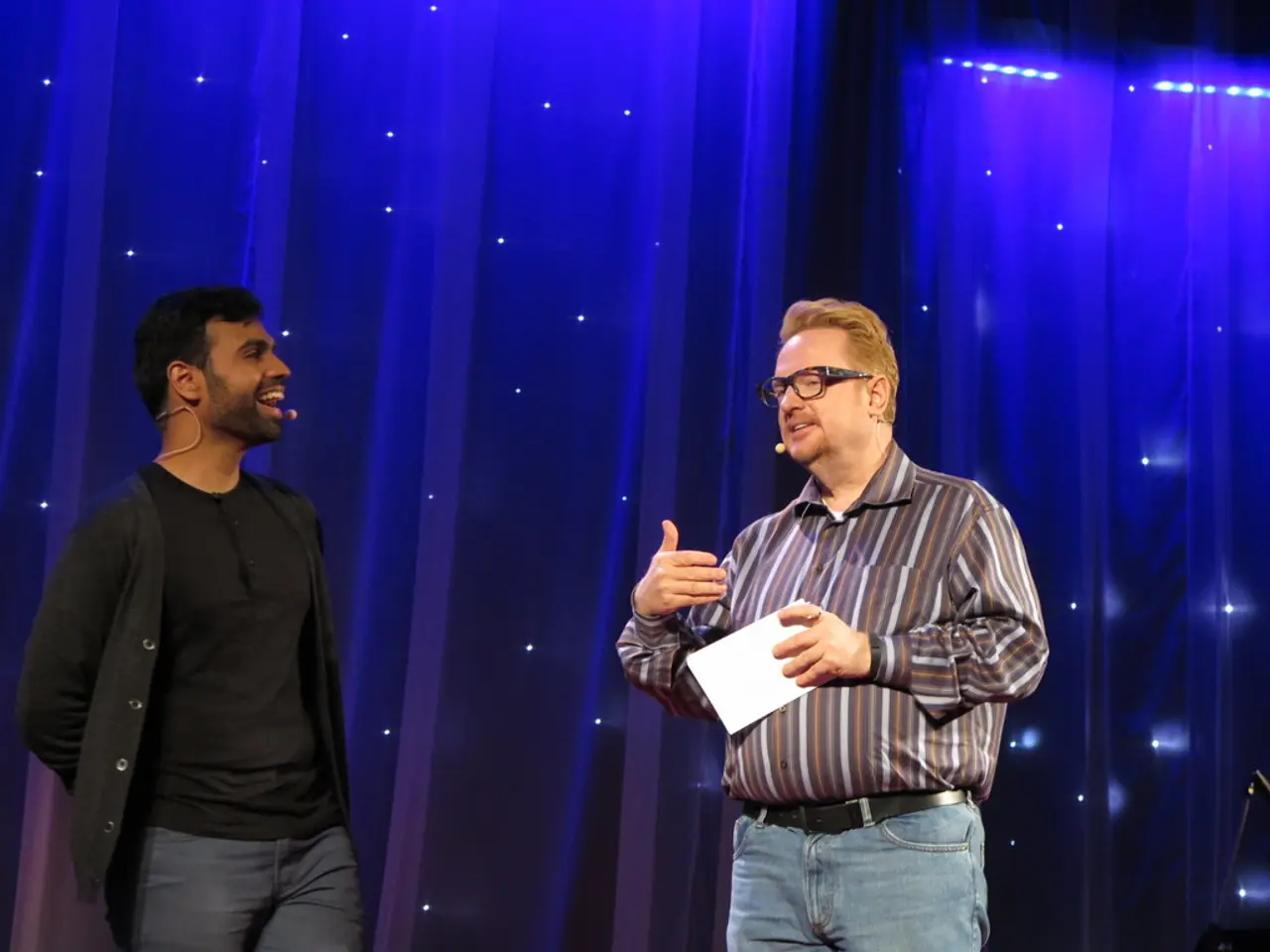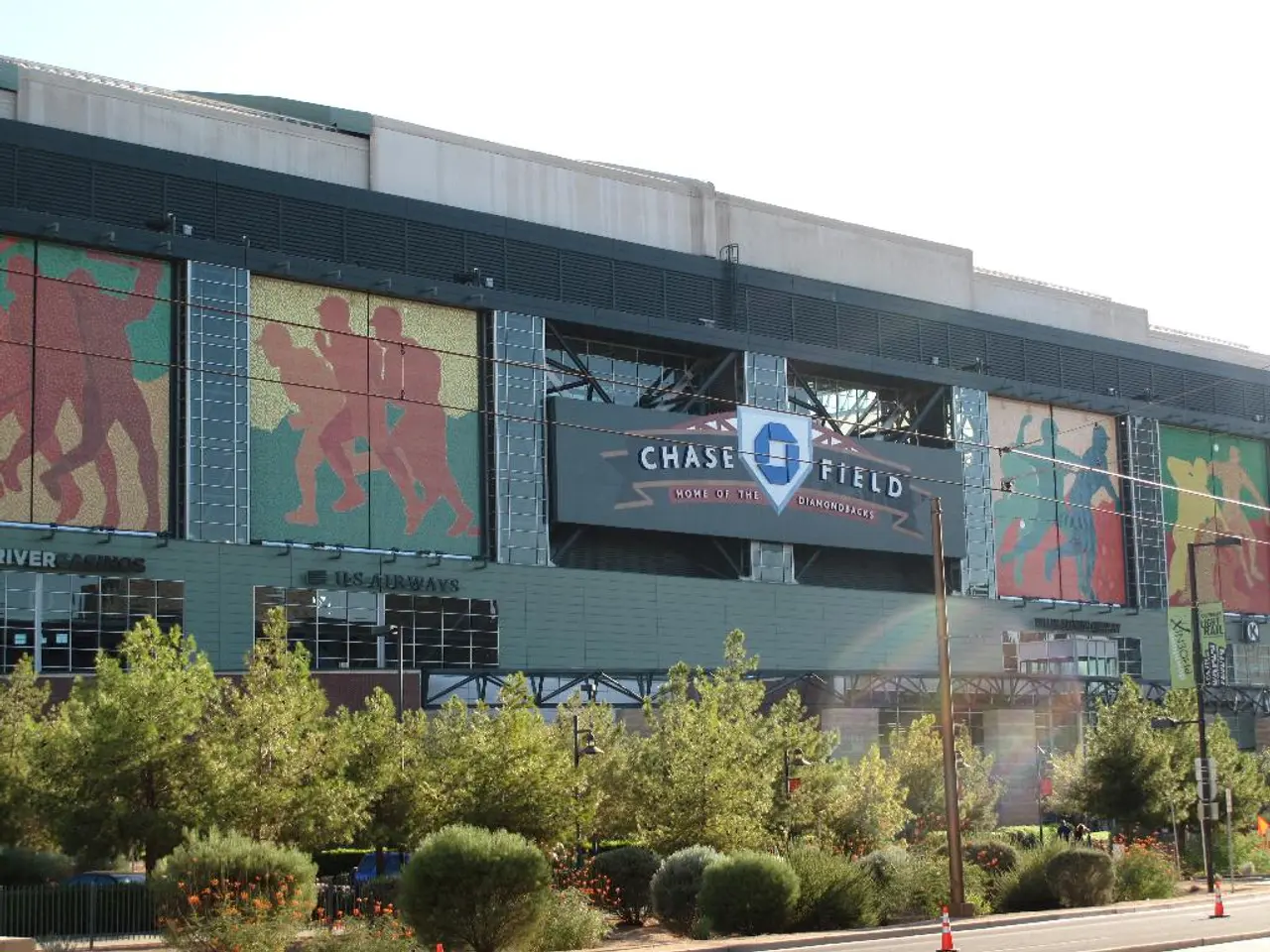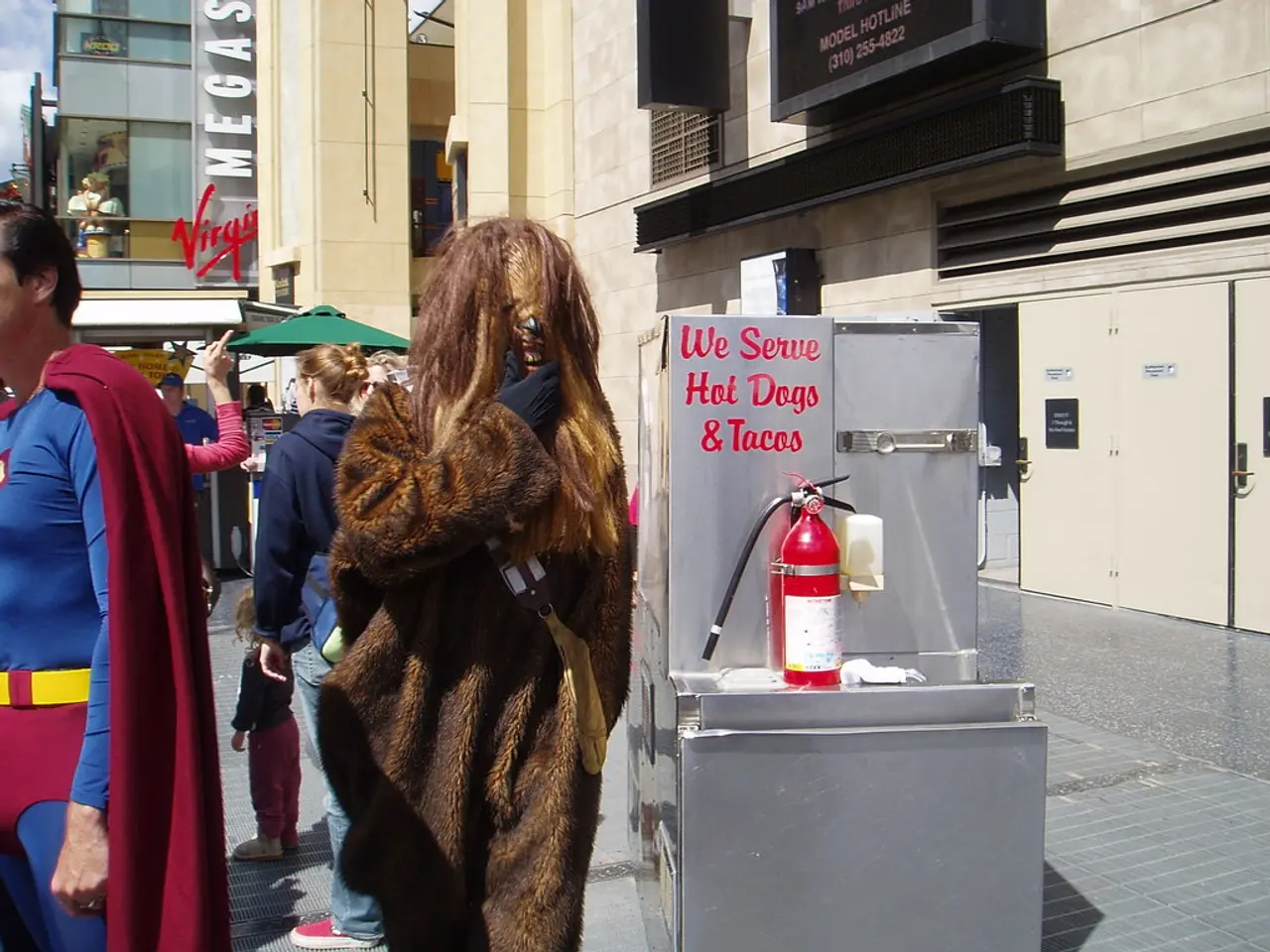The potential demise of a dystopian reality?
In the realm of Young Adult (YA) literature, dystopian fiction has long been a popular and influential genre. This is evident in the success of franchises like The Hunger Games and Divergent in the 2010s, which not only captivated readers but also fueled the sales of the source books [1].
However, the genre has experienced a shift in recent years. The Allegiant movie, starring Shailene Woodley, bombed at the box office in 2016, and the same marketing tactic of splitting a series into two parts, as seen with Mockingjay and the Divergent series, led to what some might call "dystopian fatigue" among users [2].
Despite these setbacks, dystopian fiction remains active, albeit no longer dominating YA fiction as it once did. Classics like The Giver, Maze Runner, and Legend continue to attract attention, while newer works evolve the genre by blending dystopian themes with romance or supernatural elements [1].
In movies, while the peak of YA dystopian film adaptations has passed, adaptations and original films based on YA dystopian or adjacent speculative fiction persist. These films often mix dystopia with other popular elements such as romance, supernatural abilities, or psychological thrillers [3].
Looking forward, the future of YA dystopian fiction is likely characterized by more subtle and complex explorations rather than the broad, archetypal dystopias of the 2010s. Increasingly, dystopian narratives are merging with climate fiction (cli-fi) and other speculative genres that address urgent contemporary themes like environmental collapse and social justice [4].
This evolution aligns with broader trends in literature and reflects young readers’ changing interests in speculative scenarios that offer hope, resilience, and agency amidst real-world challenges [1][4].
The increased competition in the dystopian fiction market can be viewed as a two-edged sword. On one hand, it offers more choices for both young and adult readers. On the other hand, it presents a challenge for writers, both self-published and published, to stand out in a crowded market and deliver a YA novel that doesn't feel recycled or cliché [5].
In conclusion, while the dystopian genre may have cooled off a bit, it continues to evolve and remain relevant. Its themes of oppressive governments, survival in broken worlds, and youth empowerment still resonate with readers, and the genre's ability to visualize intense emotional struggles against authoritarian or post-apocalyptic backdrops ensures its cinematic appeal [3]. The long-term future of dystopian fiction is uncertain; only time will tell if it has cooled off like the movies that inspired it.
[1] YA Dystopian Fiction: A Thriving Genre [2] Why the Dystopian Genre is Losing Its Shine [3] The Future of YA Dystopian Movies [4] Climate Fiction and the Rise of Environmental Storytelling [5] Writing in a Crowded Market: Challenges for YA Writers
Books like "The Giver," "Maze Runner," and "Legend" continue to be sources of entertainment and exploration of pop-culture themes within the realm of Young Adult literature, Showcasing the evolution of the dystopian genre by blending it with romance or supernatural elements.
In movies, original films based onYA dystopian or adjacent speculative fiction persist, often combining dystopia with popular elements such as romance, supernatural abilities, or psychological thrillers, highlighting the cinematic appeal of the genre.







